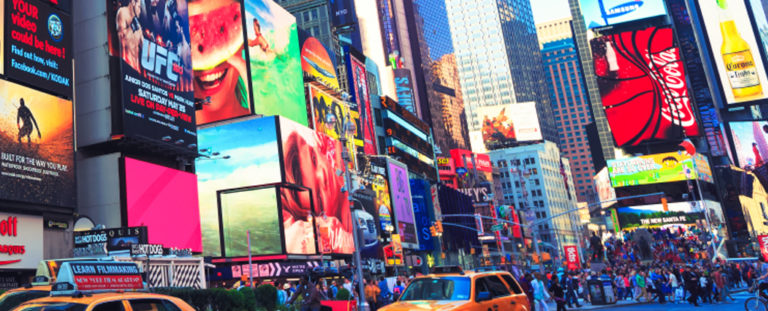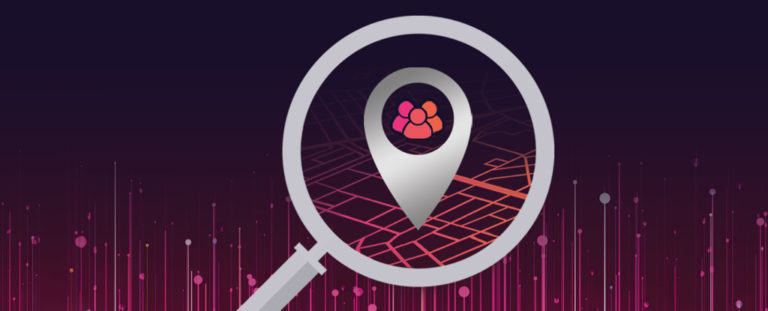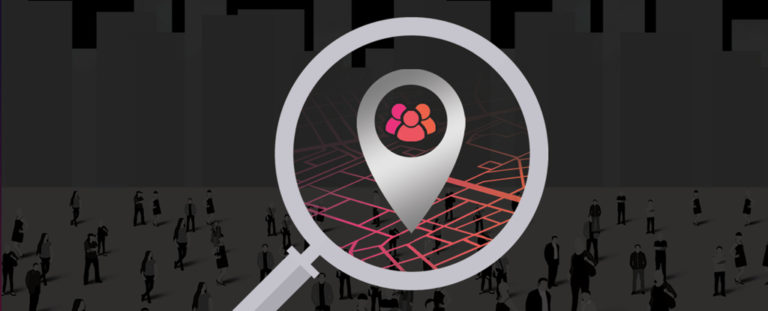Is the humble billboard spearheading a social media revolution?
Published: January 12, 2022
I tend to have a love-hate relationship with communitive technology, in that I love it until I hate it. When email crept into my life, I loved that it reinvented the written word. My emotions swayed when it began to eliminate the spoken word, leaving people a wall of screens to hide behind and rely on. The love affair was well and truly over when it bonded with text messaging to create an array of abbreviations and alternative spellings, re-destroying the written word it had saved.
Of course, this just refers to the fledgling beginnings, of the alternatives to any actual, human interaction, which technology has given, or taken from us, depending on how you look at it. Ironically, much of this space is wrapped up under the umbrella term “social media”. These social media platforms are portals into a world where we are never required to physically socialize with anyone. Indeed, these platforms flourished over the last 18 months, when humans were mandated against socializing. Their usage went up beyond measure; therefore their income and profits followed suit. Nobody benefited more from society’s global inability to socialize than what I would like to reclassify as “antisocial media”.
So, as we are released back into the world, what would continued success look like for an antisocial media channel? Well, I guess we’d still stare at our screens at any given chance, taking our recently forced isolation on the road with us. We’d quickly ‘post’ about the intimate moment of seeing friends and family again, tagging each other and what we’re wearing, rather than hold that first hug just a bit longer. In the restaurants we long to return to, we’d photograph our meal to share its image with people who are not at the table with us. The list goes on.
I’ve worked in the media world for more than 30 years. My job is ultimately to introduce brands to consumers hoping they build a relationship, usually based around some sort of transaction. I’m not cynical of my industry; I see its role and importance and am lucky enough to truly love my job. I just believe we have a moral obligation to do more than what it says on the tin. It would be remiss of me not to acknowledge some of the attributes various platforms have given my industry: accuracy, the relevance of targeting, minimizing wastage, and accurate attribution. Yes, a plethora of buzzwords that benefit businesses, not ‘society’, the noun to the adjective ‘social’.
For most of my working life, I’ve focused on ‘Out-of-Home’ (OOH) media. Essentially placing ads on anything in the real world: billboards, buses, airports, bus stops, sporting arenas, you get it. I’ve had forays into other sectors, yet I always returned, missing the truly geographical, physical, and creative way OOH media weaves its way into society and its ability to do more.
Aesthetically, imagine any subway system in the world without colorful advertising on those cell-like tiled walls. We improve the environment before we even get to the day job. What’s more, when brands want a relationship with consumers and place their media dollars in OOH environments, a huge percentage of those dollars usually goes back to the environment. The metro system, the shopping mall, the municipality, or the airport can reinvest in making consumers’ lives better. The media dollars spent online are all too often helping to decide which billionaire will be able to go to space next.
OOH also speaks to the community at large. Yes, as the medium has digitized, technology has given us the ability to be highly targeted and relevant, as much and more so than online media. However, we can also speak to a community or the general population. This becomes pivotally important when we look at another byproduct of online or social media consumption. The ability to only consume content that aligns with our way of thinking, just confirms what our screen-staring “network of friends” already reaffirmed to one another as right and the only right.
As humanity’s habitation and our planet evolve into the technological ecosystem of the future, cities, just like airports, taxis, elevators, and sports arenas, will be built with an OOH infrastructure at their architectural brief. Yes, to generate income that can be reinvested into those cities by putting brands in front of consumers when at their most receptive, their social peak. Also, to provide alternative energy and to be the GPS network for driverless cars. To inform law enforcement and the medical field and allow them to speak to the holistic population when needed. In short, the OOH sector can fill its moral obligation to do more.
Between 1920 and 1933, the U.S. government prohibited alcohol. In March 2020, governments all around the world put going out of your home on prohibition. If 1933 taught us anything, it’s that when a prohibited substance has said prohibitions lifted, we get wasted on it! As humanity is slowly released out of its home, it will get wasted on cinemas, air travel, gymnasiums, shopping malls, and anything else it has been told it cannot do.
Advertising has a job to do, an important one for the economic wheel. Let it do that job in a non-intrusive, relevant, visually heightening way that allows you to enjoy life and people around you and gives back to your community. Put down the phone, take a breath and just enjoy being OUT OF YOUR HOME.
Written By: Mike Cooper
To get the latest updates on out of home advertising, digital marketing and technology, follow us on:
Or sign up for our newsletter.






